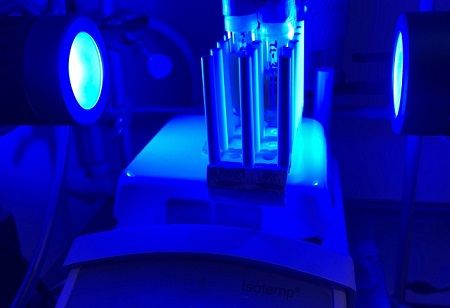A significant research focus has been developing recycling methods for photocatalysts due to their economic and environmental benefits. Photocatalysts accelerate chemical reactions using light without being consumed, while photoredox catalysts are specifically designed for redox reactions.
Addressing this need, researchers from Okayama University, Japan, including Assistant Professor Kenta Tanaka from the Research Institute for Interdisciplinary Science, alongside former graduate student Haru Ando, Associate Professor Hiroyoshi Takamura, and Professor Isao Kadota from the Department of Chemistry at the Graduate School of Natural Science and Technology, have developed a novel phenothiazine-based organic photoredox catalyst.
"Phenothiazines (PTHs) are commonly used as photocatalysts in organic chemistry," explains Prof. Tanaka. "However, the high reactivity of the p-position relative to the nitrogen atom on 10-aryl phenothiazine molecules makes them prone to reacting with electrophiles, reducing their stability."
To create more stable and sustainable photocatalysts, the team developed new phenothiazine-based photocatalysts that are both stable and recyclable. Their innovative phenothiazine catalyst, named PTHS, features a spiral structure with a bulky electron-donating group (tBu) substituted at the p-position of the nitrogen atom, enhancing its stability. They created a series of phenothiazine photocatalysts (PTHS 1–3) and assessed their structural and physical properties through electrochemical and spectroscopic experiments. The new catalysts exhibited a strong reducing ability and could be activated with blue light.
The team tested the stability of the new catalysts by comparing them with existing PTH catalysts in photochemical sulfonylation reactions. Results showed that while PTH could not be recovered and produced a monosulfonylated product at 78%, 95% of PTHS was recoverable, indicating greater stability.
Further tests on the recyclability of the catalysts in photochemical phosphonation showed that PTH's catalytic activity and reaction yield decreased with repeated use. In contrast, PTHS-1 maintained its catalytic activity and yield over multiple uses and was suitable for large-scale synthesis, achieving a 96% recovery rate even at gram-scale synthesis.

